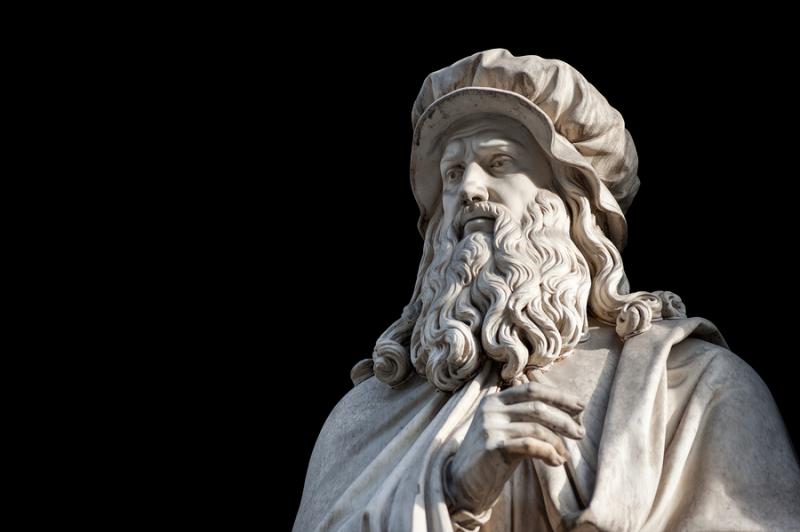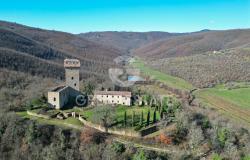Luigi Bezzerra (and Desiderio Pavoni)
There's nothing like a sip of espresso to wake you up. With its distinctive, strong taste, it's a drink enjoyed by millions worldwide.
But its invention at the turn of the 20th century wasn't an easy process. The drink was invented by Luigi Bezzerra, who discovered a way to speedily produce a single shot espresso in just seconds. While the principle of pushing water and steam through a puck of coffee directly into a cup worked, the downside for the barista was that he would be scaled by the splash of piping hot water.
However, a meeting with Desiderio Pavoni was to solve the problem. Pavoni made a few alterations to Bezzerra's original design, resulting in a splash and scald-free model called Ideale. After it was showcased at the 1906 Milan Fair, it proved to be a massive success, proving immensely popular with Italians discovering the wonders of this drink.
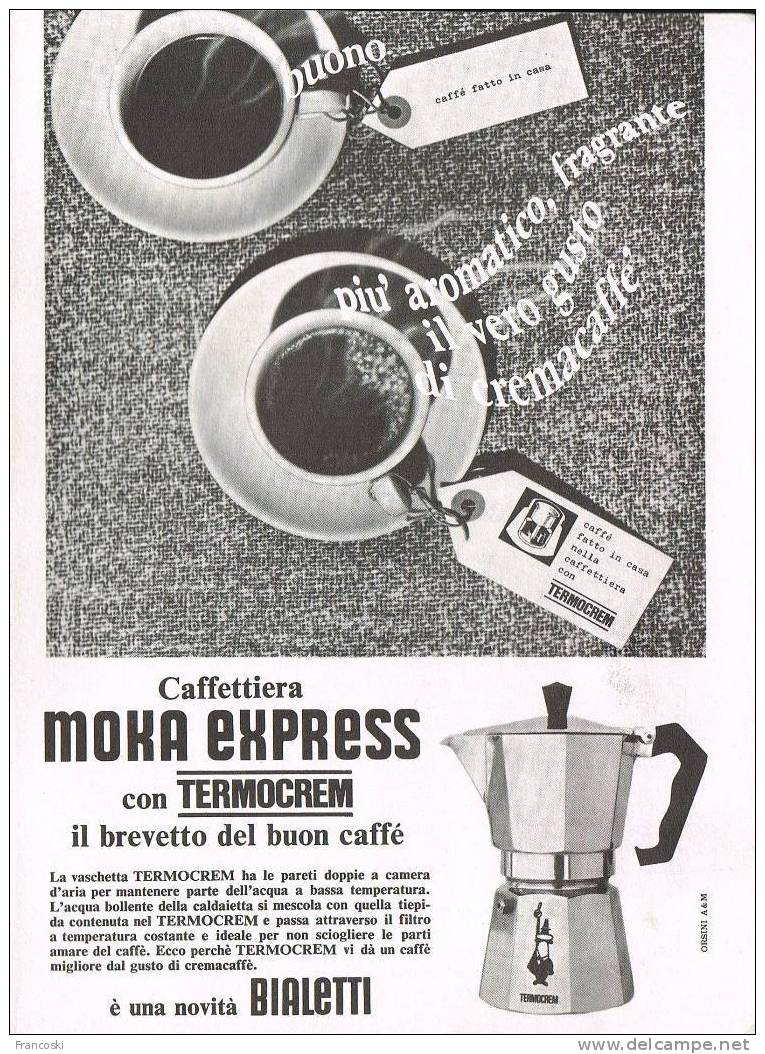
For more details, check out this link.
Like this article? Than don't miss "How to Make the Perfect Espresso at Home."
Guglielmo Marconi
Regarded as the inventor of the radio, Guglielmo Marconi became interested in the concept of wireless telegraphy in the early part of the 1890s, looking at ways of transmitting telegraph messages without wires.
While Heinrich Hertz had looked into experimenting with radio waves in the latter part of the 1880s, it was Marconi who successfully put this concept into practice (taking Hertz's original ideas into account). A chief element of Marconi's experiments in the early days was a coherer, a detector that, when exposed to radio waves, changed resistance. Along with the coherer, Marconi combined a battery and electric bell to create a storm alarm that would activate when picking up lightning-generated radio waves.
As the 1890s progressed, Marconi's experiments grew more and more positive. From a radio transmitter and receiver (using a telegraphic button to activate a bell on another side of a room) to coming up with a system that used high antenna, and a grounded transmitter and receiver. The latter experiment proved fruitful, transmitting signals up to two miles. While extra money and research would perfect the device, this was the first bona fide example of a genuine radio transmission system.
Candido Enzo Jacuzzi
Sometimes, it's the personal circumstances that provide an important breakthrough for a classic invention.
This was the case with Candido Enzo Jacuzzi, who devised a special whirlpool bath for his 15-month-old son, Kenny who was born with rheumatoid arthritis. The new bath saw a means of introducing pain relief for his son by means of a pump that allowed the creation of a whirlpool. This means of hydrotherapy was an ideal solution for Kenny, and as a result, became the first patented Jacuzzi bath.
Evangelista Torricelli
Italian physicist and mathematician, Evangelista Torricelli invented the mercury barometer as a means of assisting the pump makers of the Grand Duchy of Tuscany.
The issue facing the pump makers was that when attempting to raise water to a height of more than 12 metres, the maximum height achieved was only 10, using a suction pump.
In order to solve this conundrum, Torricelli substituted water with mercury, which offers a density 13 times greater than water. To accomplish this, Torricelli built a roughly metre-length tube. This was filled with mercury, sealed off, and then placed vertically in a basin also containing mercury. This caused the height of the column to fluctuate as a result of the change in atmospheric pressure. Thus, the original concept of the barometer was here.
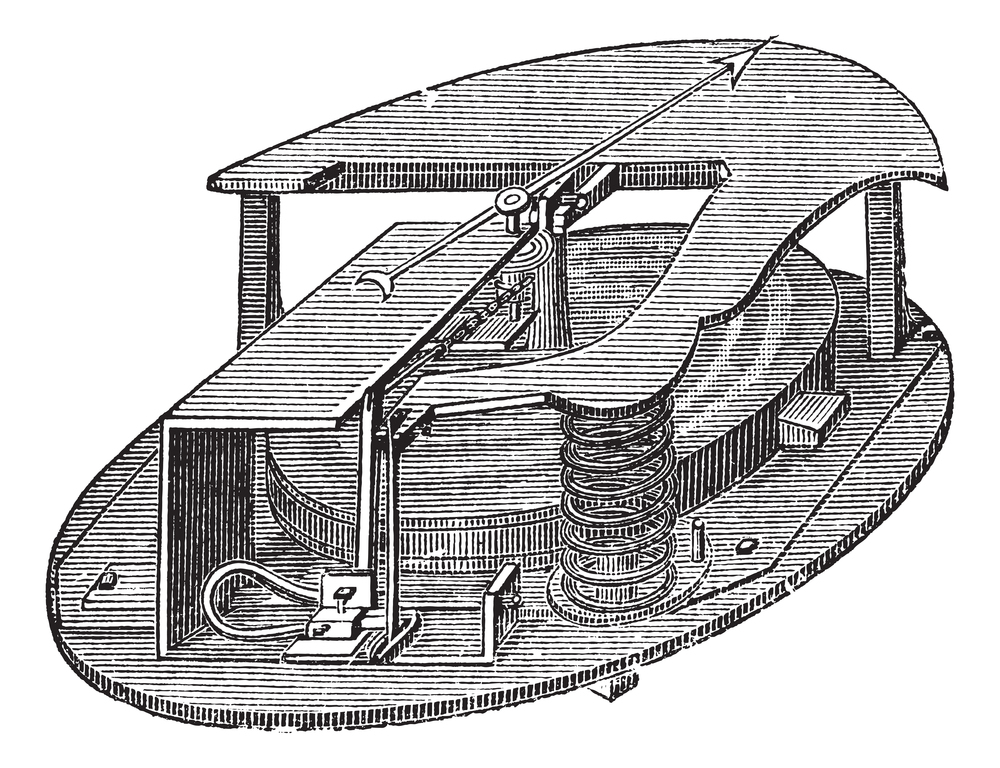 [Old engraved illustration of an Aneroid Barometer.]
[Old engraved illustration of an Aneroid Barometer.]
Leonardo da Vinci
While he is best known for his artwork, Leonardo still put his mind to inventions. However, while some of these proved fruitful, others didn't. One of the key areas that Leonardo dabbled in was flight, having taken a keen interest in the concept. His ideas included early prototypes of a helicopter and also a design of a parachute and large crossbow.
Some of da Vinci's inventive ideas only became reality posthumously. The most notable example was his notion of a 720-foot bridge that would cover an inlet at the mouth of the Bosporus. The project was initially commissioned by Sultan Beyazid II of Constantinople, but ultimately the Sultan abandoned this on the grounds that such a bridge wasn't feasible. However, the Norwegians clearly disagreed with this view, as in the early part of the 21st century, a smaller scale bridge was constructed, based on Leonardo's original designs.
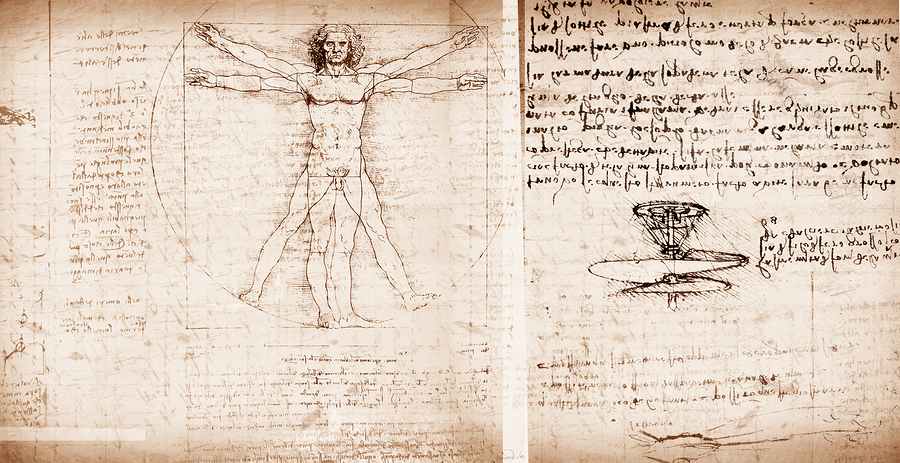 [Photo of the Vitruvian Man by Leonardo Da Vinci]
[Photo of the Vitruvian Man by Leonardo Da Vinci]
Antonio Meucci
Part of the problem with considering inventions is attribution. Who invented what?
Take the telephone, for example. While Alexander Graham Bell is regarded as the inventor of this device, where does Antonio Meucci fit into the picture?
What happened was that Meucci found a way of linking a form of voice communication between different rooms in his New York home. Subsequently, he put forward a patent caveat to the US Patent Office – however, the caveat didn't mention electromagnetic transmission of vocal sound, something that was acknowledged for Alexander Graham Bell's patent five years later.
Despite this, the Italian Government have acknowledged him as the official telephone inventor. In 2003, an official postage stamp was released of Meucci to acknowledge his accomplishment.
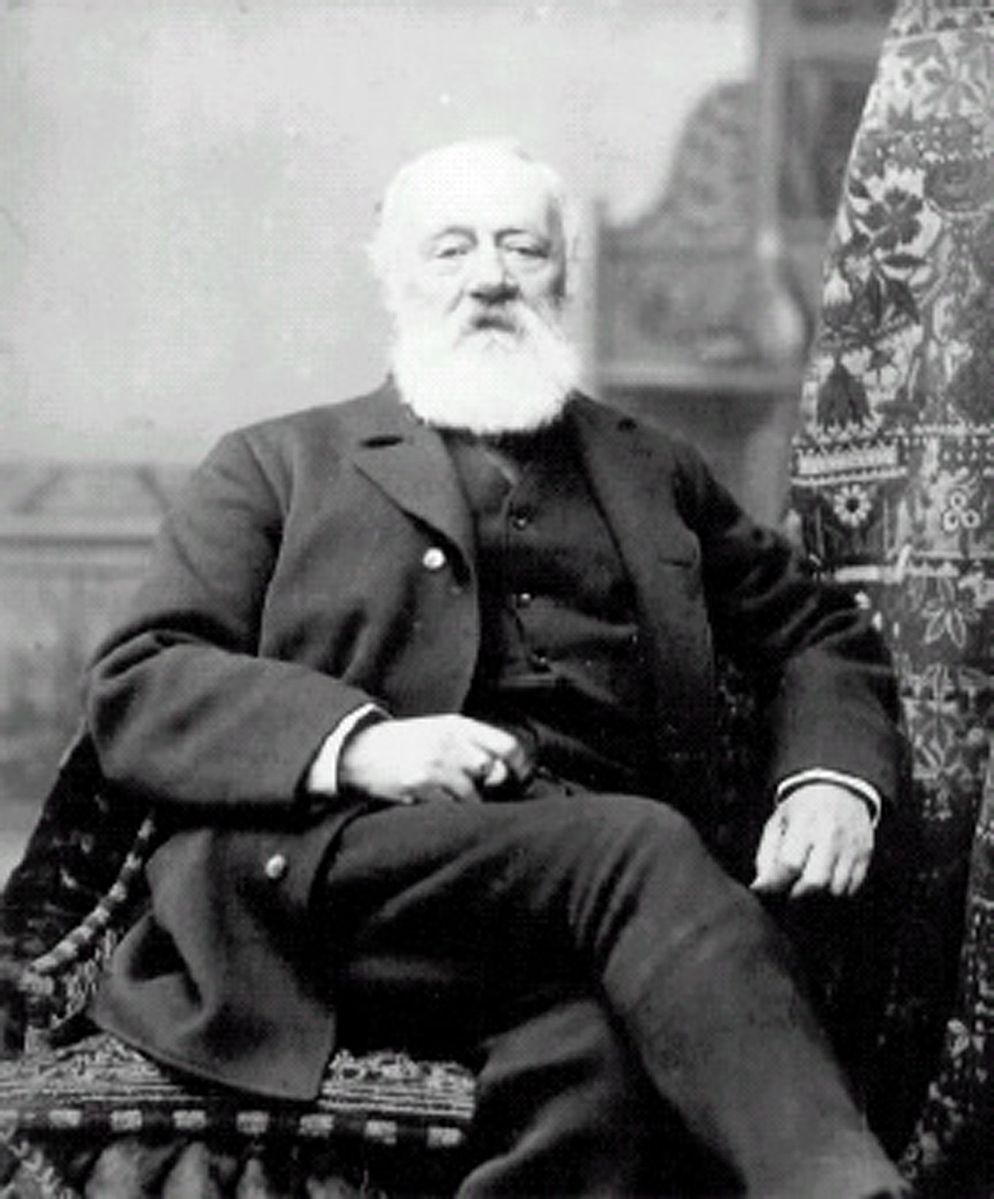 ][via Wikimedia Commons]
][via Wikimedia Commons]
Alessandro Volta
Remember the days of school? Especially those science lessons? You may recall learning about electricity, and the term 'volt'. But who was it named after?
The man in question was Alessandro Volta, who is regarded as the pioneering inventor of the electrical battery. This was known as the 'Voltaic Pile', which comprised two electrodes of opposing metals, zinc and copper – with the zinc acting as the negative electrode and the copper, positive, when linked, the two create an electrical current.
Volta's new invention was described in a letter as proof to the President of the Royal Society as a means of creating electricity via chemical means as opposed to the theory that it's generated by living beings (a notion advocated by physicist, Luigi Galvani). So if any of you are taking science at school or college – remember the origins of the volt!
Enrico Fermi
Enrico Fermi is the man credited with being the first to create a nuclear reactor.
Born Italian, Fermi became a naturalised American – having won the 1938 Nobel Prize for Physics as a result of working on neutron bombardment as a means of inducing radioactivity, Fermi and an assembled team created the world's first nuclear reactor. This was known as the Chicago Pile-1, assembled at the University of Chicago in 1942.
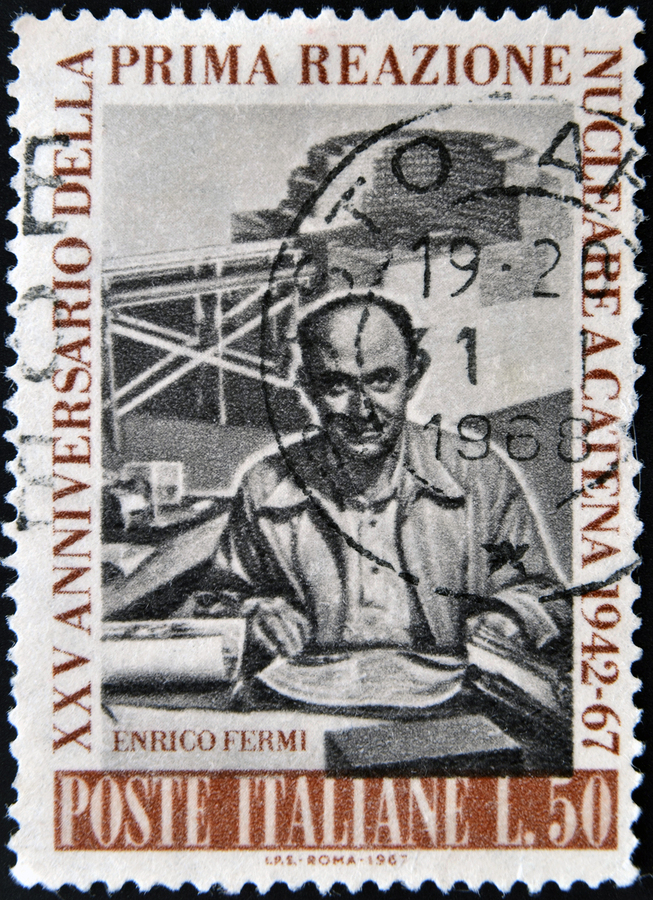 [A stamp printed in Italy shows Enrico Fermi Italian American physicist, circa 1967]
[A stamp printed in Italy shows Enrico Fermi Italian American physicist, circa 1967]
Bartolomeo Cristofori
Here at Italy Magazine, we enjoy reporting on musical events and festivals. Many of which would be lost without the keyboard or piano.
The man to thank for this is Bartolomeo Cristofori. Before he came up with the idea of the piano, Cristofori produced two keyboard-type musical instruments: the spinettone and the oval spinet. The spinettone was a large-scale version of the spinet, which is a type of harpsichord that features slanted strings – it's speculated that the spinettone was invented as a means of fitting into a busy orchestra pit during theatre shows.
The 1700 inventory of the Medici describes Cristofori's new invention: the Arpicembalo. It's described as an instrument that produces “soft and loud” sounds, featuring “two sets of strings at unison pitch” producing a “soundboard of cypress without rose”. This first instance of the piano was popular enough to be sold to two unknown buyers in Florence by 1711, with another given by the Medici to Cardinal Ottoboni in Rome.
Father Giovanni Caselli
The fax machine may be more 1990s than 2010s, but don't forget that back in the day, this was state-of-the-art stuff. What's more impressive is that the prototype of this device was actually devised more than a century earlier.
The invention in question was a pantelegraph, and was created by Father Giovanni Caselli. Having done extensive research into technological means of telegraphing images and words, Caselli created an answer that used electrochemical technology and a synchronising apparatus that would enable the process of sending and receiving text and images. Caselli's prototype creates an image with tin foil, an electrical stylus and non-conductive ink, then sending the electronic signals via a long-distance telegraph line to be received by another electrical stylus which scans blue dye ink on white paper – thus replicating the image and creating a facsimile of the original version. Not bad for 1856, and when Caselli ultimately took his invention to Paris, Napoleon III was so impressed that he placed an order for the pantelegraph to be used in the French national telegraph network in 1861.
